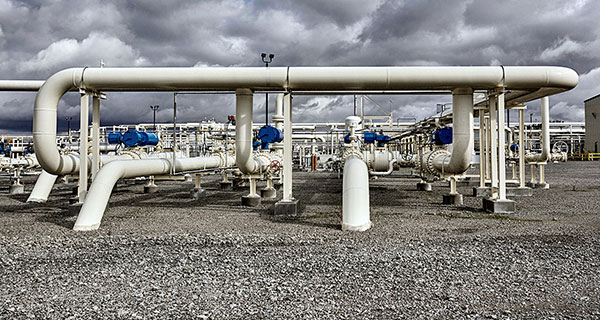The natural resources sector in Canada is still declining, according to Statistics Canada.
The federal data agency reported Friday that real gross domestic product (GDP) of the natural resources sector fell 2.2 per cent in the third quarter, following a 2.8 per cent rise in the second quarter. It cited a substantial decrease in crude oil and bitumen extraction, reflecting shutdowns and maintenance of some production facilities.
Growth in real GDP of the total economy slowed to 0.3 per cent in the third quarter, after a 0.9 per cent increase in the second quarter, it said.
“Among natural resources, real GDP of the energy subsector fell 2.3 per cent in the third quarter, following a 3.7 per cent increase in the second quarter. Oil sands extraction declined largely because of shutdowns and maintenance of some production facilities. Crude oil extraction dropped because of shutdowns and maintenance at some offshore production facilities in Newfoundland and Labrador,” said the report.
“For the fifth consecutive quarter, the forestry subsector continued to decline. The decrease in the third quarter (-3.9 per cent) resulted from mill closures in British Columbia, reflecting lower global demand for forestry products and higher production costs, partly due to higher stumpage fees in 2019.”
Employment in the natural resources sector fell by about 4,200 jobs (-0.7 per cent) in the third quarter, coinciding with the drop in real GDP. The job loss was broad-based: most layoffs occurred in the forestry subsector (-3,300 jobs) due to mill closures, followed by the minerals and mining (-500), energy (-300), and hunting, fishing, and water (-90) subsectors, explained StatsCan.
StatsCan said natural resource export volumes fell 0.4 per cent in the third quarter, after rising 3.6 per cent in the second quarter. An increase in exports of energy products (+0.5 per cent) was more than offset by declines in exports of minerals (-1.2 per cent) and forestry products (-2.8 per cent).
It said import volumes of natural resources rose 2.8 per cent, following a 3.3 per cent increase in the previous quarter.
“Expressed as an annual rate, the nominal GDP of natural resources was $221 billion, representing 10.2 per cent of the Canadian economy. The energy subsector’s share of natural resources GDP was 67 per cent in the third quarter, followed by minerals and mining at 20 per cent, and forestry at eight per cent. Hunting, fishing and water accounted for the remaining five per cent,” stated the federal agency.
Mario Toneguzzi is a business reporter in Calgary.
![]() The views, opinions and positions expressed by columnists and contributors are the author’s alone. They do not inherently or expressly reflect the views, opinions and/or positions of our publication.
The views, opinions and positions expressed by columnists and contributors are the author’s alone. They do not inherently or expressly reflect the views, opinions and/or positions of our publication.

